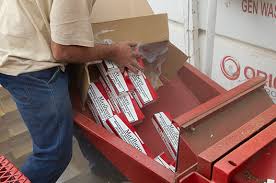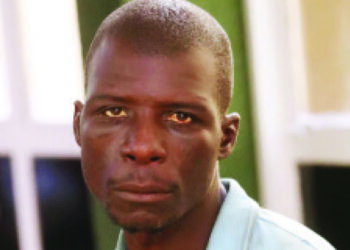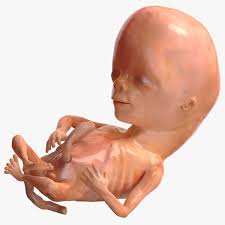A new mother from Cowdray Park, Bulawayo, found herself in disbelief when she was discharged from United Bulawayo Hospitals (UBH) with a baby girl, despite giving birth to a boy via Caesarean section.
According to Chronicle, this sh0cking incident prompted her to seek DNA testing approximately a month later to confirm her suspicions.
The mother, whose name is withheld for ethical reasons, underwent a scan the day before her delivery that confirmed she was expecting a boy.
After giving birth, a nurse took her newborn for cleaning and returned with a girl.
Initially unaware of the discrepancy, the mother took photographs of what she believed was her son, but became alarmed when she noticed the identification tag indicated it was a girl.
When she raised her concerns with the nurse, she was dismissed and told that the anaesthesia from the Caesarean section might be clouding her judgment.
The situation escalated as she learned that another expectant mother had been admitted to the ward just fifteen minutes before her operation, raising suspicions that their babies might have been swapped.
Upon contacting her relatives, her uncle suggested the costly but necessary DNA testing, which the nurse initially opposed due to the expense.
Persisting in his insistence, the family proceeded with the testing at a laboratory in Bulawayo’s city centre. The results confirmed their worst fears: the baby girl was not her biological child.
Furious, the family returned to UBH demanding answers and the return of their son. Hospital staff were subsequently tasked with locating the other mother, who had already traveled to Esigodini in Matabeleland South.
A hospital vehicle was dispatched to retrieve her, but complications arose when the other woman’s husband refused to cooperate, adamantly insisting that the child was his.
In response, police were involved, and both couples were brought back to Bulawayo. The hospital engaged the National University of Science and Technology (Nust) for further DNA testing, which ultimately confirmed that the two babies had indeed been exchanged.
Zephania Dlamini, head of the Applied Genetics Testing Centre at Nust, explained the situation: “In these Bulawayo cases, two women in the same ward at UBH delivered around the same time.
The complainant asserted that her child was a boy, but upon return from cleaning, she received a girl.” The other mother insisted her child was also a boy, supported by her husband, who claimed that the ultrasound confirmed it.
While the hospital administration monitored the testing, the chief medical officer, William Busumani, declined to comment on the incident, stating, “We do not discuss patient information.”
Maphios Siamuchembu, Provincial Medical Director for Bulawayo Metropolitan Province, claimed he was not aware of any reports of baby swapping from UBH.
Renowned medical expert Solwayo Ngwenya condemned such errors as tragic but avoidable with rigorously enforced protocols.
He emphasized the importance of immediate and accurate identification of newborns and suggested that current healthcare systems must prioritize staff training to prevent similar incidents in the future.
Ngwenya remarked, “These tr@gic incidents are entirely preventable. By adhering to strict protocols and maintaining a vigilant approach, we can ensure that such errors do not occur.” His comments highlighted the potential for unknown baby swaps that may affect families—especially those without resources for DNA testing.
Richard Ndebele, a cultural expert, noted that such cases were unheard of in traditional practices, where village midwives ensured proper monitoring during childbirth. He warned of the grave consequences that might befall anyone involved in these offenses, stressing that the child might endure hardships throughout their life and that the perpetrators would face the wrath of their ancestors.
Margaret Makumbe, a retired nurse with over four decades of experience, emphasized the critical need for meticulous attention to detail in nursing, particularly to prevent such medical errors. Reflecting on her career, she stated, “In my entire career, I never experienced that or heard of it elsewhere. I wonder how such a mistake can happen, as we always showed the mother her child before it was taken for cleaning.”










